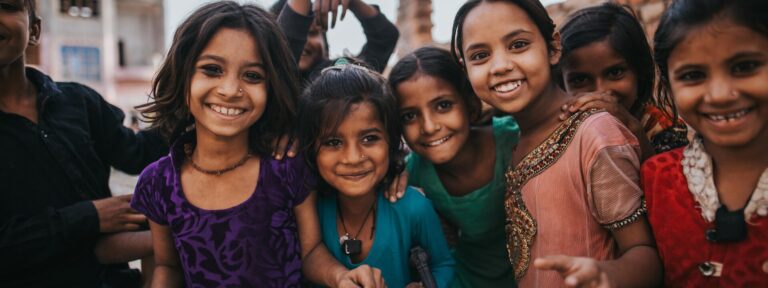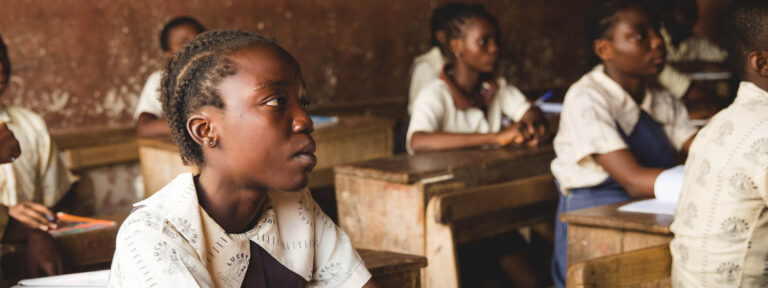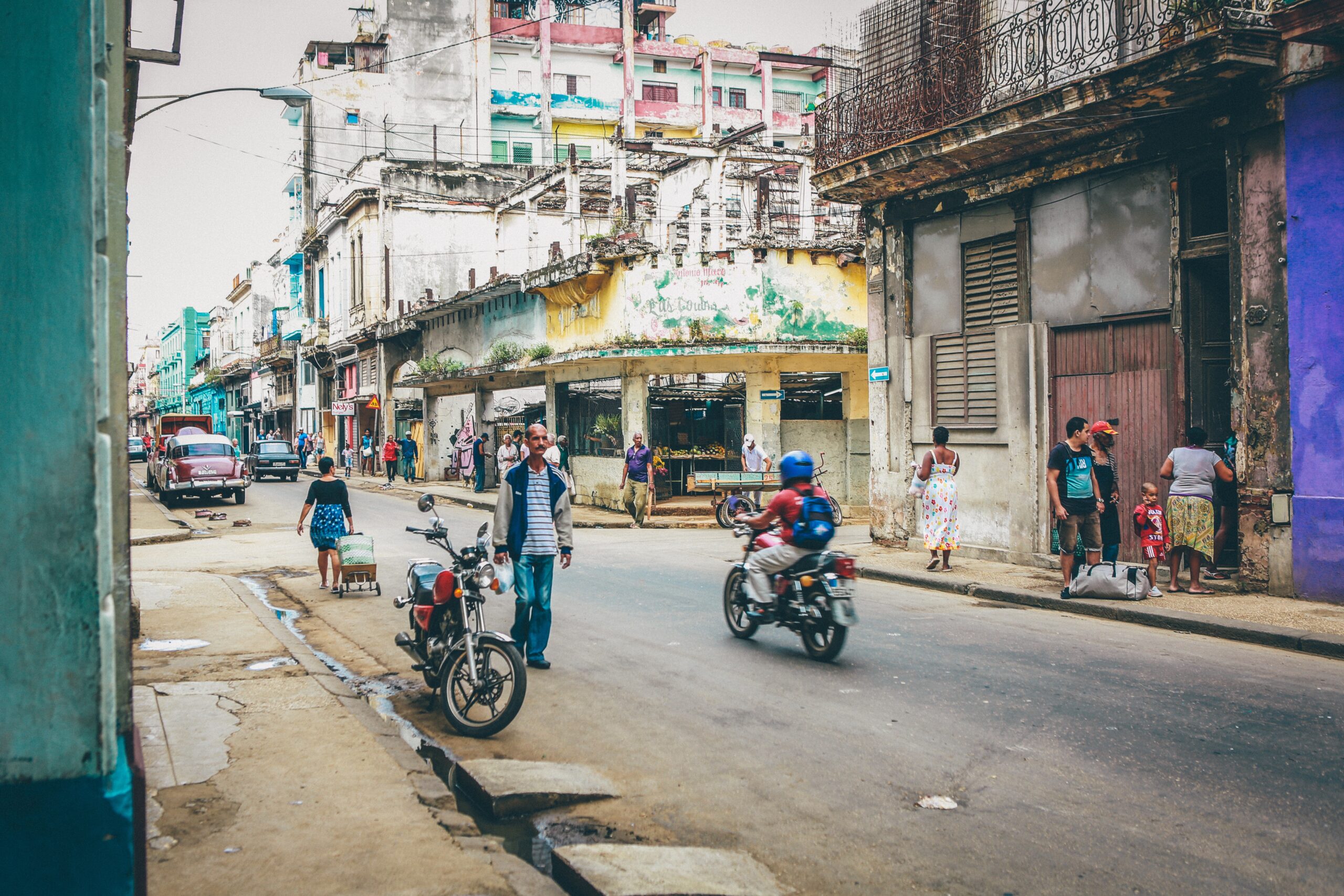
Poverty & development
Despite enormous gains in the wellbeing and economic circumstances of hundreds of millions of people, 10% of the world’s population still live on less than $2 a day. High population growth traps individuals, communities and even entire countries in poverty. Achieving sustainable population levels, locally and globally, helps people achieve the dignity and standard of living we all deserve.
We cannot confront the massive challenges of poverty, hunger, disease and environmental destruction unless we address issues of population and reproductive health.
Thoraya Ahmed Obaid, UN Under-Secretary-General 2000-2010
Population and sustainable development
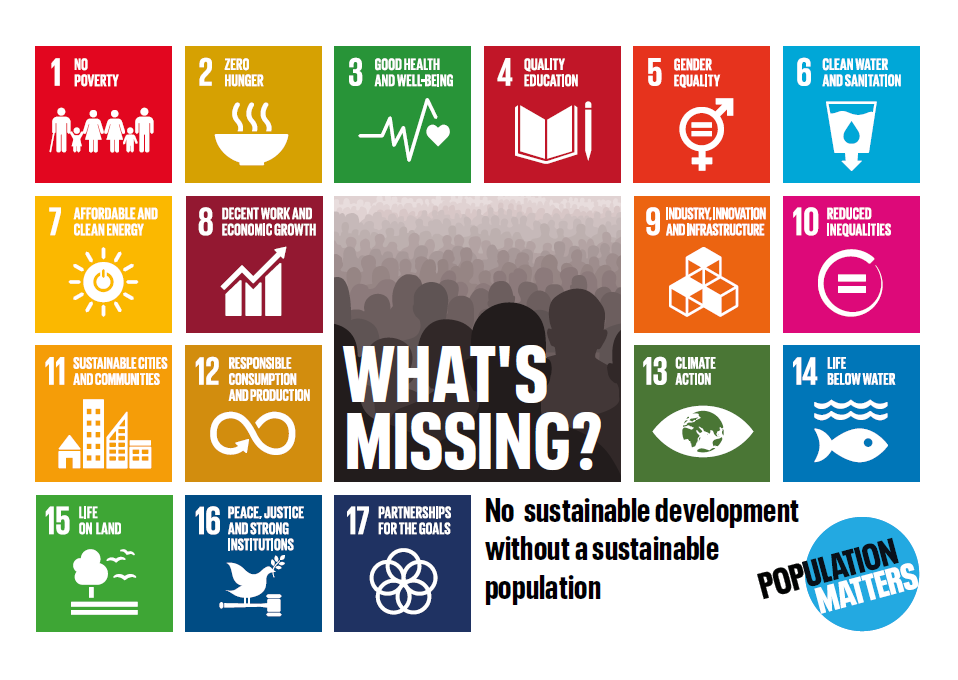
Empowering, choice-based population solutions are key to achieving the decent quality of life for all and healthy environment envisioned by the UN’s Sustainable Development Goals.
Poverty
While billions enjoy an affluent style, more than a tenth of the world’s population live in extreme poverty today. Poverty is not a consequence of limited global resources, but political and economic injustice. However, the poorest people are almost always at greatest risk from environmental damage, climate change and competition for resources. The effects of unsustainable population hit the poorest first, and hardest.
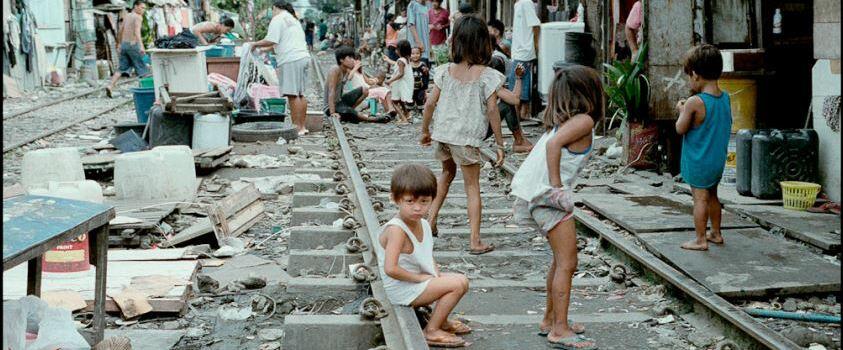
Family size and poverty
The world’s poorest countries tend to have the largest family sizes and fertility rates. When people have no economic security and cannot rely on their government and a social safety net, they often have children to ensure they will be looked after when they are older. In some cases, children are seen as essential to provide economic support to families with few other options, such as through labour in subsistence farming. Where child mortality is high, there is an even greater impetus to have more children. Those circumstances can lead in turn to a culture which values high family size.
The circumstances which lead people to value and have large families can contribute to a vicious cycle. Families living in poverty with large numbers of dependent children may perceive the need to take children out of education early, or marry off their daughters young. They will also often live in communities where access to health care, education and modern family planning is limited. Women are very often the most disadvantaged by poverty, with even more limited educational and economic opportunities. All these factors combine to keep family sizes high, perpetuating the cycle.
My statement that ‘development is the best contraceptive’ became widely known and oft quoted. 20 years later I am inclined to reverse this, and my position now is that ‘contraception is the best development’.
Karan Singh, Indian politician
What applies to families, applies also to nations. In poorer countries, providing jobs, infrastructure, health services and education to a constantly growing population can be an impossible task. In the worst cases, even sufficient food can be impossible to supply. In countries with very high population growth, huge numbers of dependent children in comparison to economically productive adults create a further burden. In sub-Saharan Africa, the median age of the entire population is just 19 years old. In Niger, the country with the world’s highest fertility rate, the median age is just 15.3 years.
In a 2022 report, the UN Development Programme found that in 16 countries, although the proportion of people living in poverty had decreased, population growth had led to the absolute number of people living in poverty increasing. In the case of Ethiopia, for instance, between 2011 and 2019, incidence of poverty dropped from 83% to 69%, but the number of people in poverty increased from 76m to 78m.
Reducing poverty in the context of rapid population growth remains a formidable challenge. In many cases,
United Nations, World Population Prospects 2022
even though poverty reduction strategies may lift large numbers of people out of poverty, the proportion
of the population living below the poverty line may be stagnant or even increase.
the demographic dividend
Tackling poverty is essential to reducing the pressures which drive population growth. Evidence shows though that economic growth in low income countries does not automatically bring about lower fertility rates and population growth, while family sizes have fallen in poorer countries which haven’t grown economically. However, countries which have been successful in bringing down their fertility rates have often moved out of poverty more quickly.
This is often because of the “demographic dividend“, which occurs when there are more people of working age to generate economic activity, and fewer children, who require schooling and healthcare which can be difficult for low income countries to pay for.
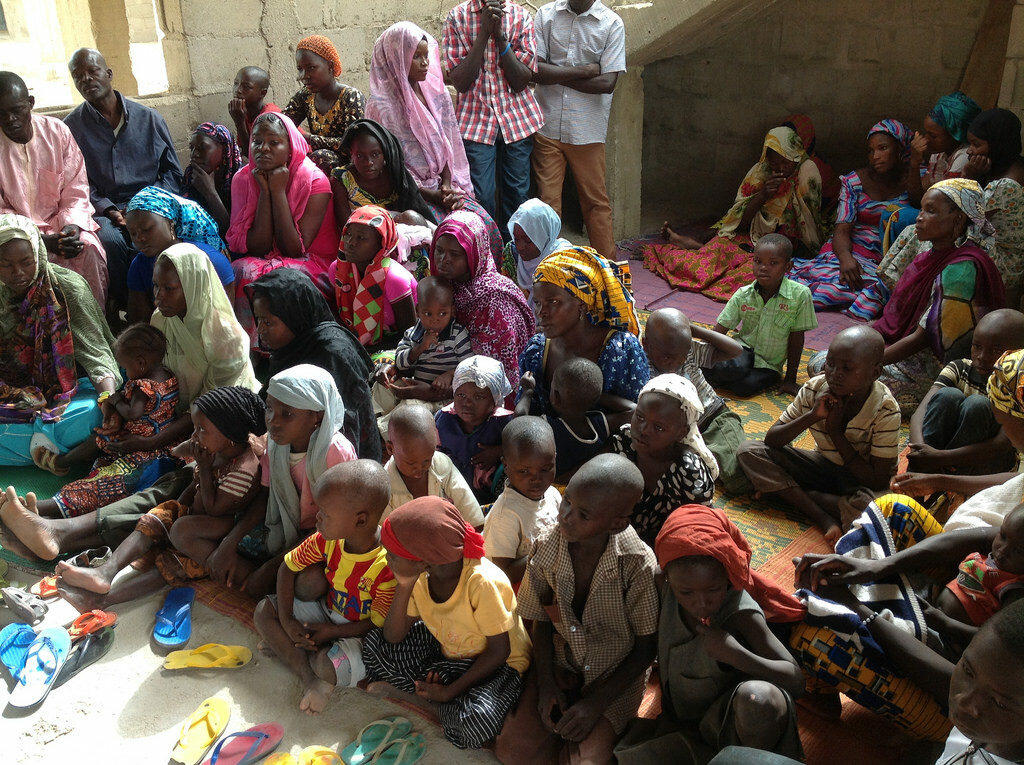
Local environmental damage
While people living in poverty make a minuscule impact on global environmental problems such as climate change, they can have a significant impact on their local environment. Soils may be eroded in an attempt to increase crop yields, fish stocks decimated to provide food and local forests razed for timber and firewood. These actions, along with increasing conflict between humans and wildlife and hunting of animals for food can have a significant impact on biodiversity.
Of course, where people are dependent on the local environment for subsistence, this damage contributes to further poverty. People with limited options are often well aware that their actions threaten their own future, but have no choice in the short term other than to continue to overexploit their local resources.
Environmental damage arising from poverty can have wider impacts. For instance, in places where there is no water supply and no refuse collection, people are obliged to use and discard plastic packaging or bottles, sometimes in waterways, contributing to plastic pollution in the oceans.
The perception that poverty equates to a low environmental footprint, while true in regard to climate change, does not hold true in many other circumstances. This makes it even more important that we tackle all the drivers of poverty, including the political and economic injustices which have caused and sustain it.
Poverty and the environment in rural Kenya
People in Barsaloi village explain how family planning empowers them and helps to protect their local environment.
Solutions
The recipe for ending population growth is positive and simple, and also leads to a better quality of life for all:
- Tackle poverty
- Provide universal access to modern family planning and quality education
- Empower women
- Promote the choice to have smaller families
If all of these methods are used in combination, they are most effective, and have secured dramatic reductions in fertility rates in many countries.
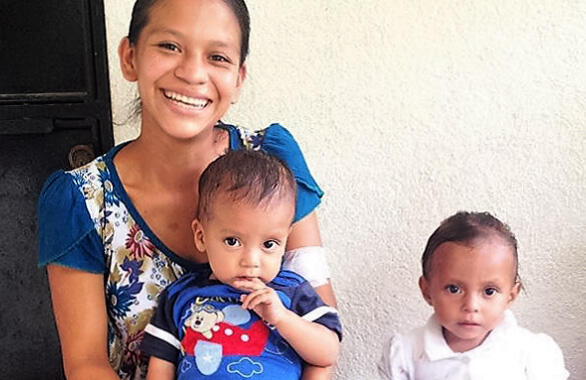
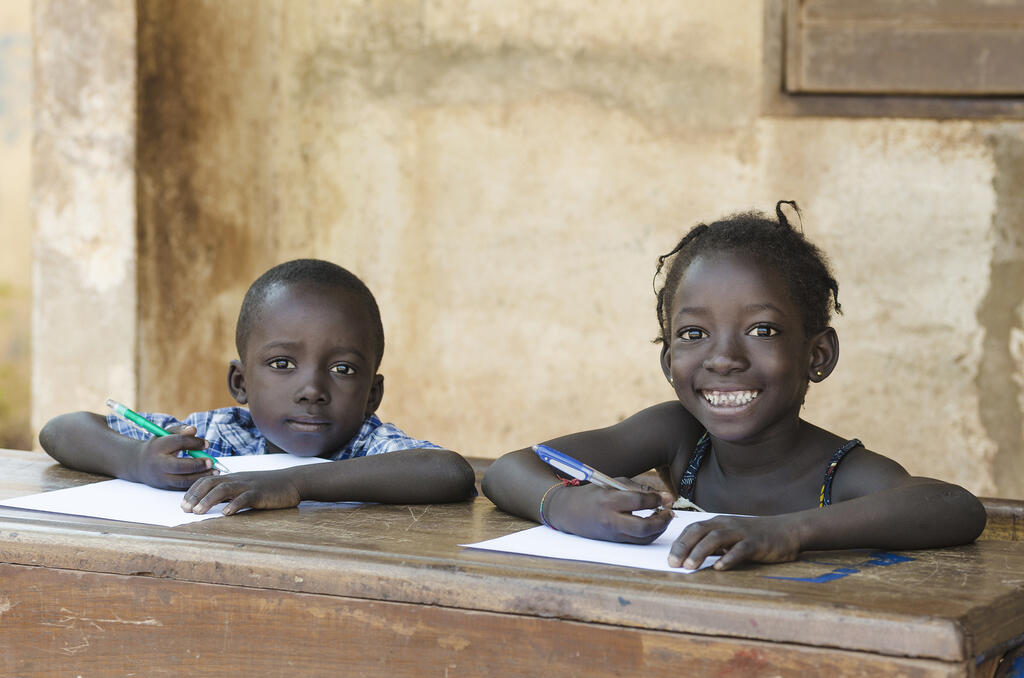
Population and women’s empowerment in Kenya
Wendo Aszed, Founder of our Empower to Plan programme partner Dandelion Africa, explains the challenge of rapid population growth in Kenya and how enabling women to access modern contraception has changed lives for the better.
Read our latest news about poverty and development
You can find all the latest updates on this topic at the link below.

